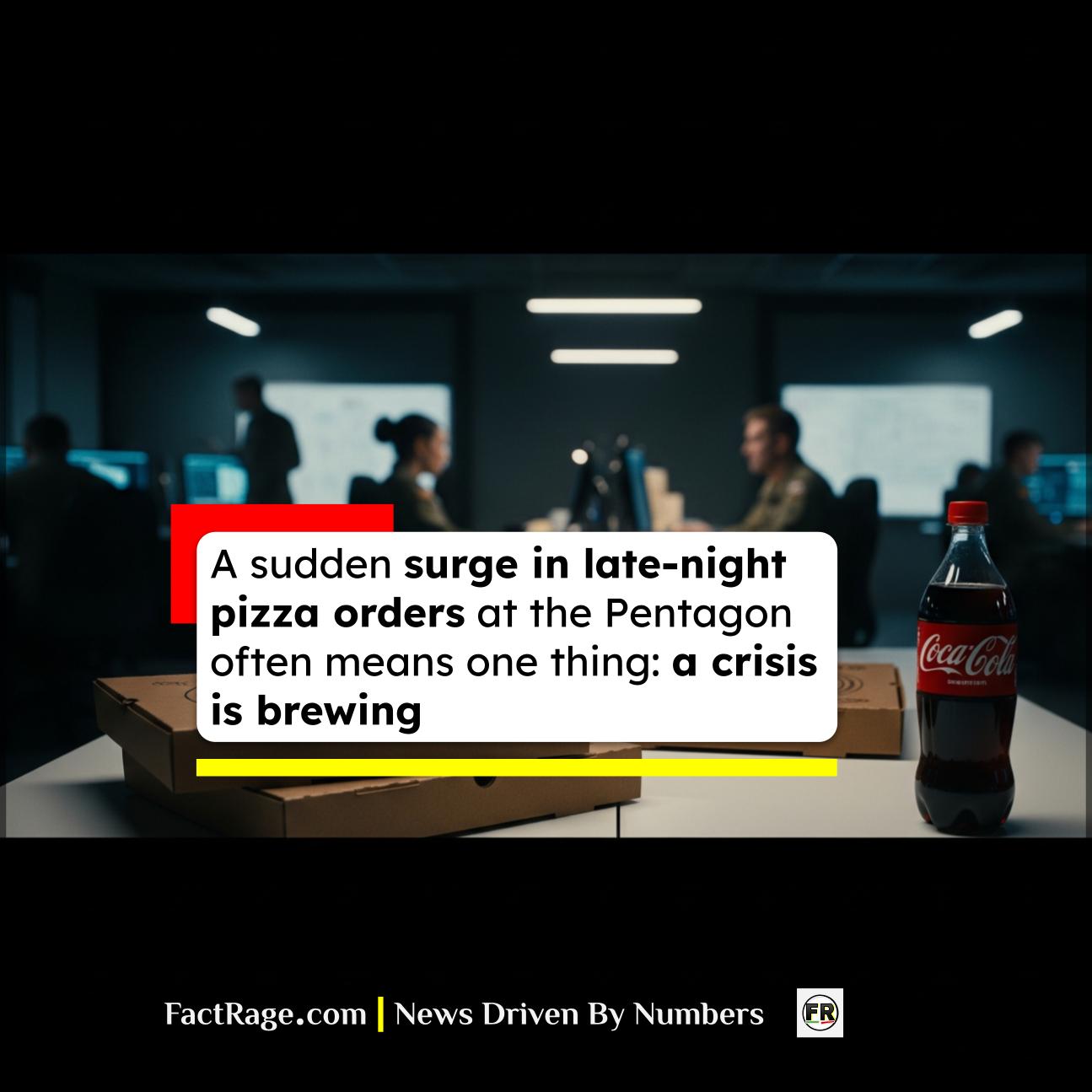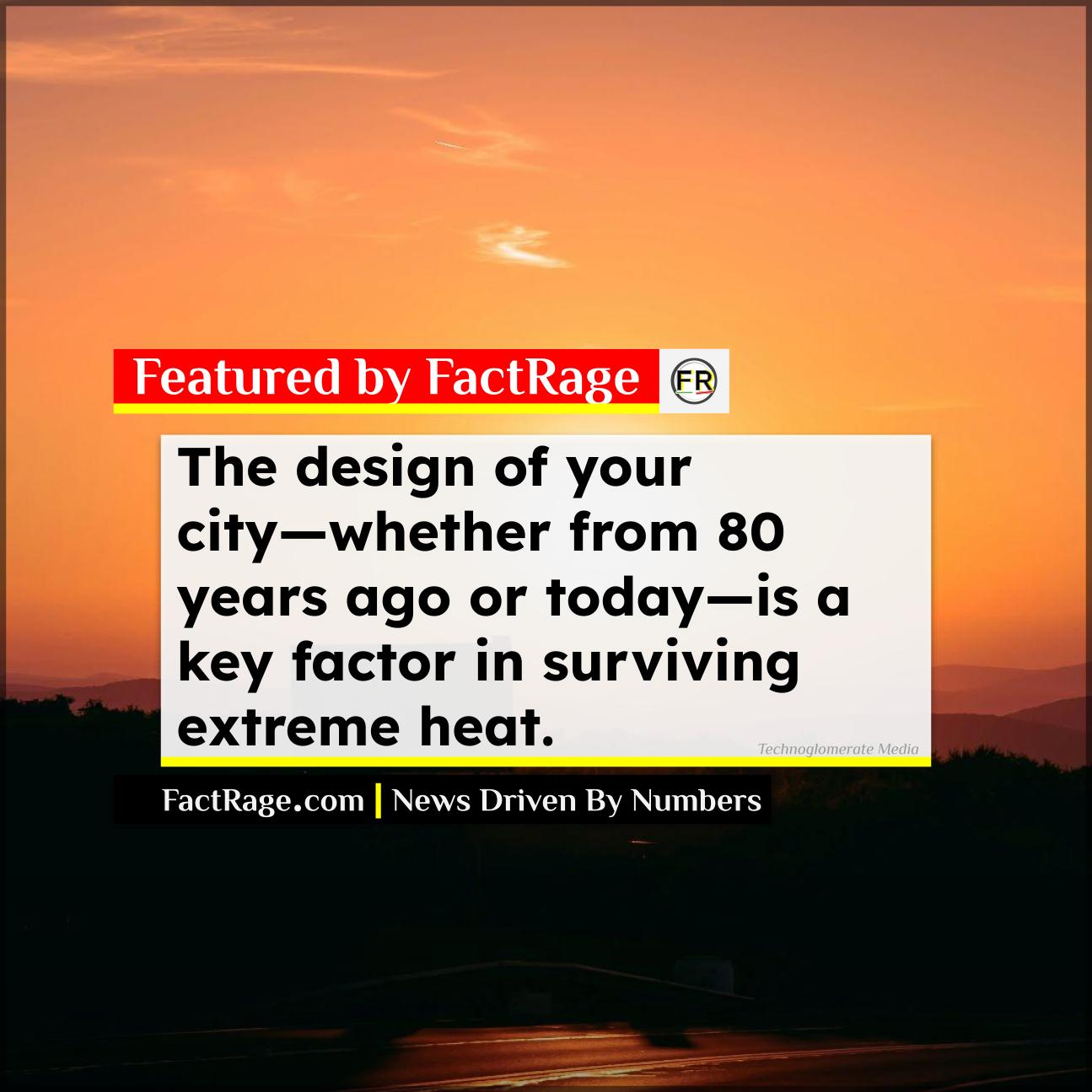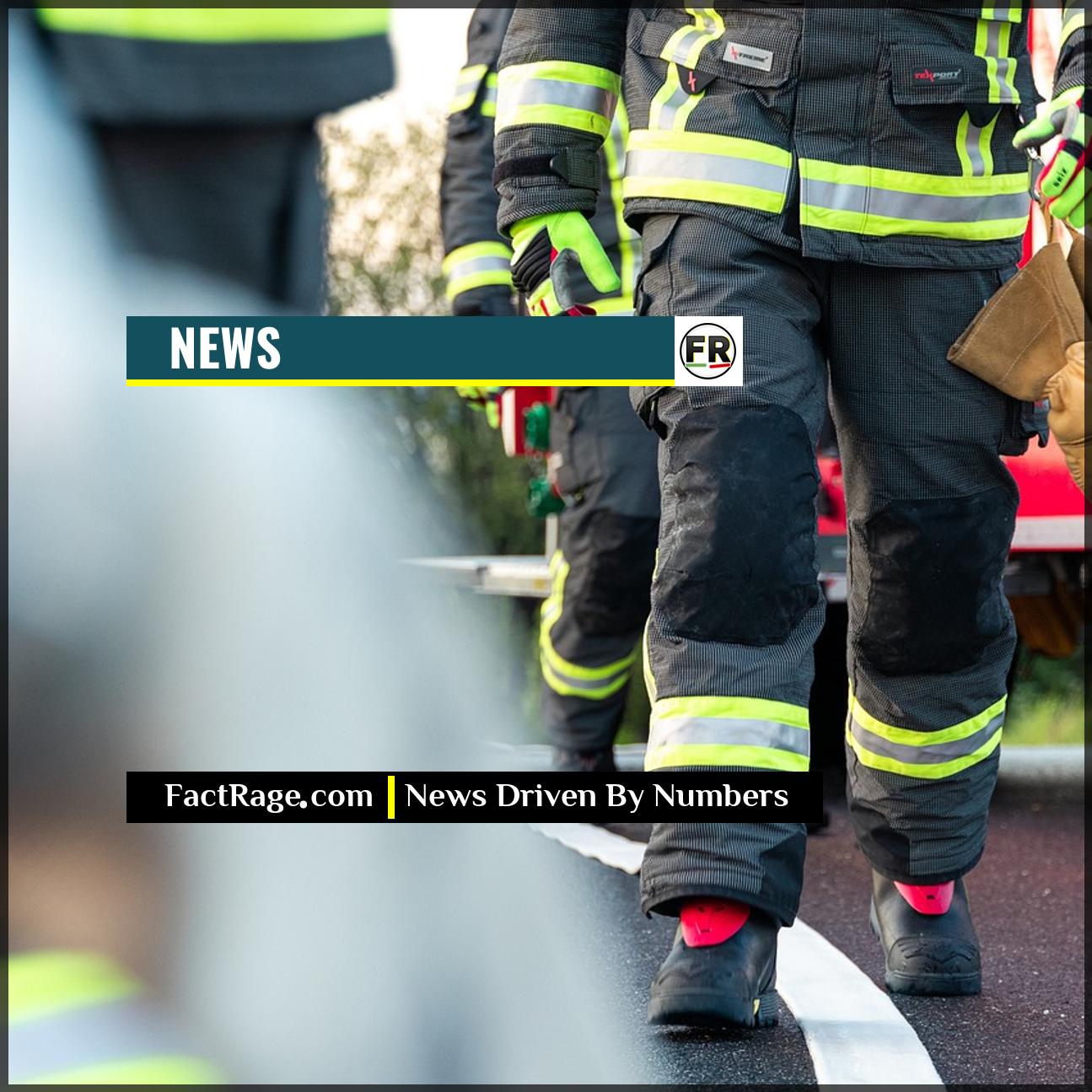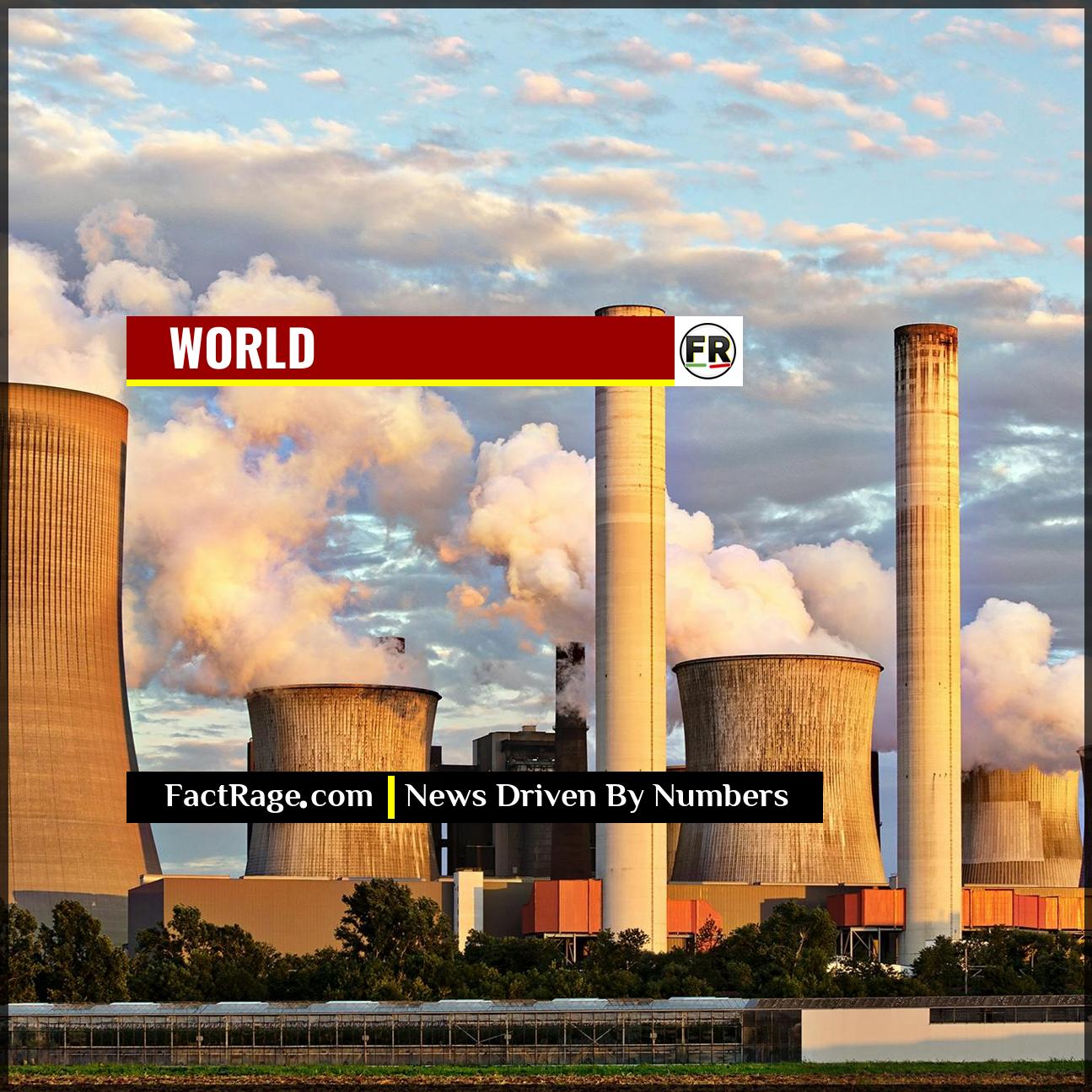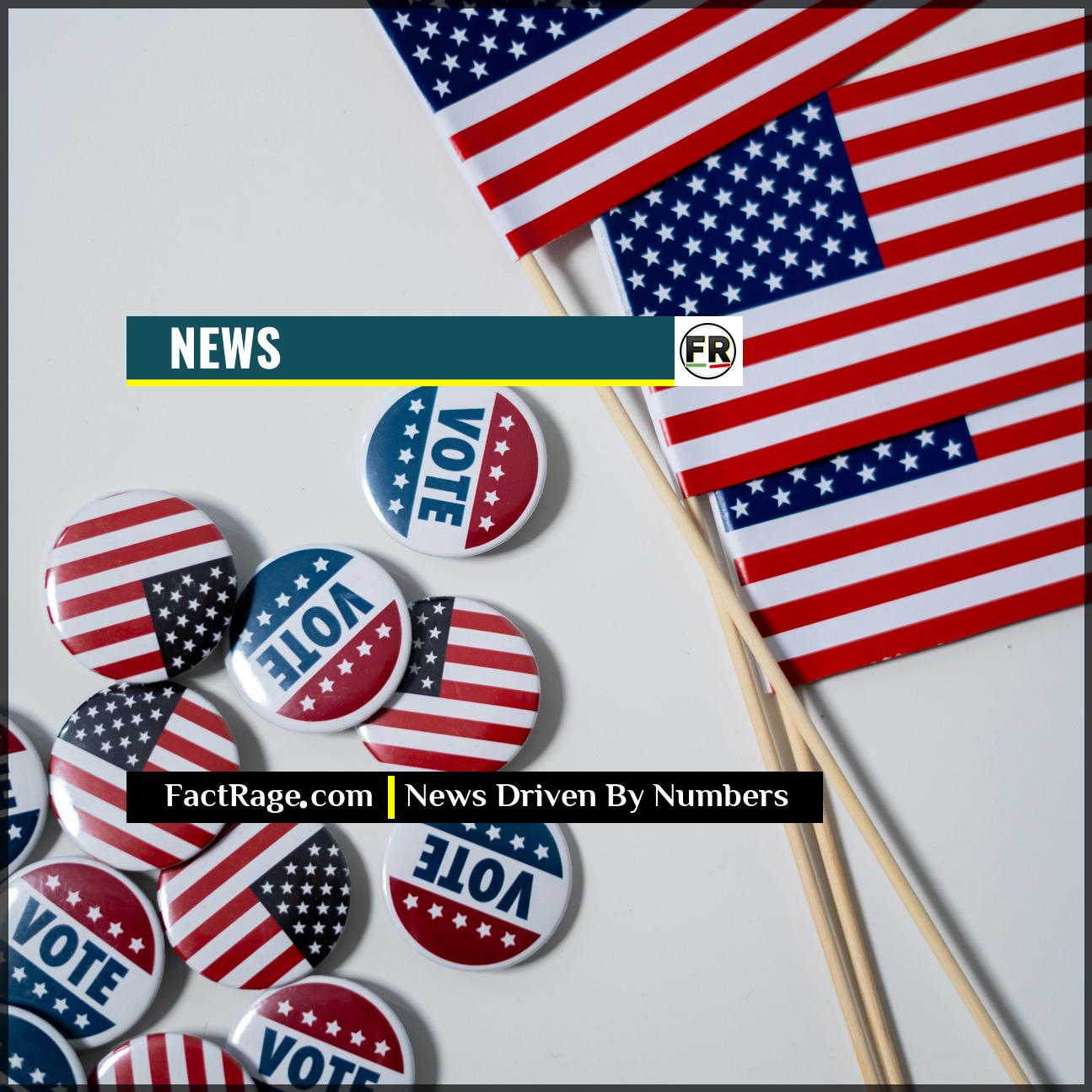VIENNA, AUSTRIA – The International Atomic Energy Agency’s latest confidential report confirms Iran has continued to increase its stockpile of highly enriched uranium while further limiting the agency’s ability to provide credible verification of its nuclear program.
- Significant Stockpile Growth – Iran’s estimated stockpile of uranium enriched up to 60% purity—a short technical step from weapons-grade—has grown, now totaling enough material for approximately three nuclear warheads if enriched further.
- Eroding Verification – The IAEA reports its monitoring has been “seriously affected” by Iran’s decision to remove surveillance equipment, creating verification gaps and eroding the agency’s “continuity of knowledge.”
- Unresolved Probes – Long-standing investigations into traces of man-made uranium found at undeclared sites remain unresolved, with the IAEA stating that Iran’s explanations are “not technically credible.”
The quarterly findings from the UN’s nuclear watchdog paint a detailed, if incomplete, picture of a nuclear program advancing in the absence of diplomatic agreements. The data points to significant developments in Iran’s enrichment capabilities and raises critical questions about the international community’s ability to verify the program’s peaceful nature.
What the Numbers on Uranium Enrichment Actually Mean
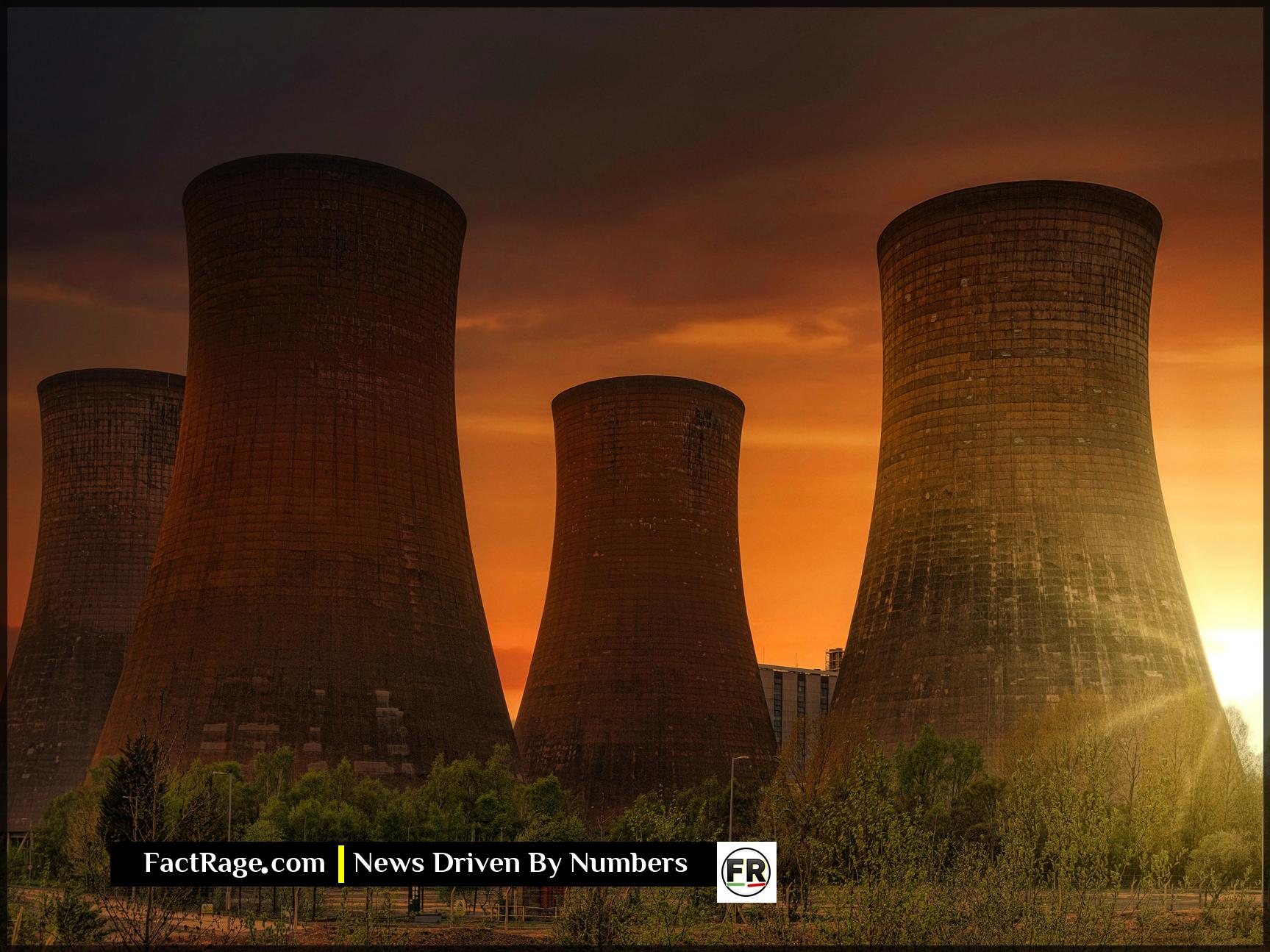
According to the restricted report circulated to member states, Iran’s estimated stockpile of uranium enriched to 60% purity increased by 20.6 kg over the last quarter, reaching a total of 142.1 kg. Why is this 60% figure so critical? Uranium enriched to 90% is considered weapons-grade. The process of enriching from 20% to 60% is far more technically challenging than the final step from 60% to 90%, meaning Iran is closer to a key nuclear threshold than ever before.
The IAEA has a working definition that roughly 42 kg of uranium enriched to 60% is the amount needed to produce one nuclear weapon after further enrichment. Based on this metric, Iran’s current stockpile is theoretically sufficient for three such weapons. The report also notes Iran’s total stockpile of enriched uranium, including material enriched to lower levels, stands at over 6,200 kg, a significant increase that far exceeds the 300 kg limit imposed by the 2015 nuclear deal, known as the Joint Comprehensive Plan of Action (JCPOA).
The Challenge of Verifying Iran’s Nuclear Activities
A central theme of the IAEA report is the deteriorating state of monitoring and verification. IAEA Director General Rafael Grossi has repeatedly warned that the agency’s ability to provide assurances about the peacefulness of Iran’s program is severely compromised. This stems from Iran’s 2021 decision to bar inspectors from accessing data from surveillance cameras and other monitoring devices installed under the JCPOA.
While Iran recently reinstalled some cameras at specific sites, the IAEA notes that it still has no access to the recordings from early 2021 to mid-2023. This creates a significant information gap. Grossi has stated that while the agency’s oversight is “not blind,” it is also “not intact.” Without this “continuity of knowledge,” it becomes difficult for inspectors to piece together a complete history of nuclear material and activities, a crucial component of non-proliferation safeguards.
Diplomatic Deadlock and Undeclared Sites
The technical findings are set against a backdrop of diplomatic paralysis. The JCPOA has been on life support since the United States withdrew in 2018, and efforts to revive it have stalled. In this vacuum, Iran has progressively expanded its nuclear work.
Adding to the complexity are the IAEA’s unresolved probes into undeclared sites. For years, inspectors have sought credible explanations for uranium particles found at two locations, Turquzabad and Varamin. The IAEA’s latest report reiterates that Iran’s declarations on the matter are insufficient and lack technical credibility. This standoff over past activities fuels distrust and complicates any future diplomatic resolution, as the agency cannot certify the completeness of Iran’s nuclear declarations. The combination of an advancing program, limited verification, and unresolved historical questions defines the current state of this critical global security issue.





